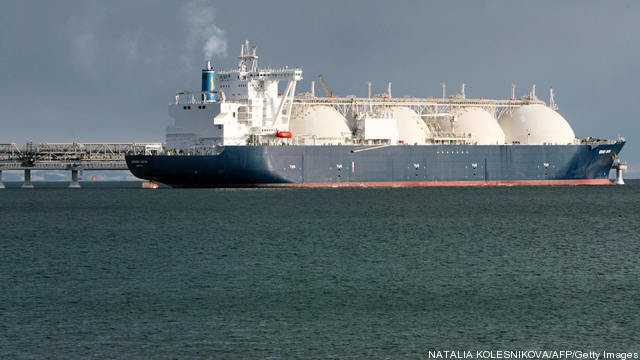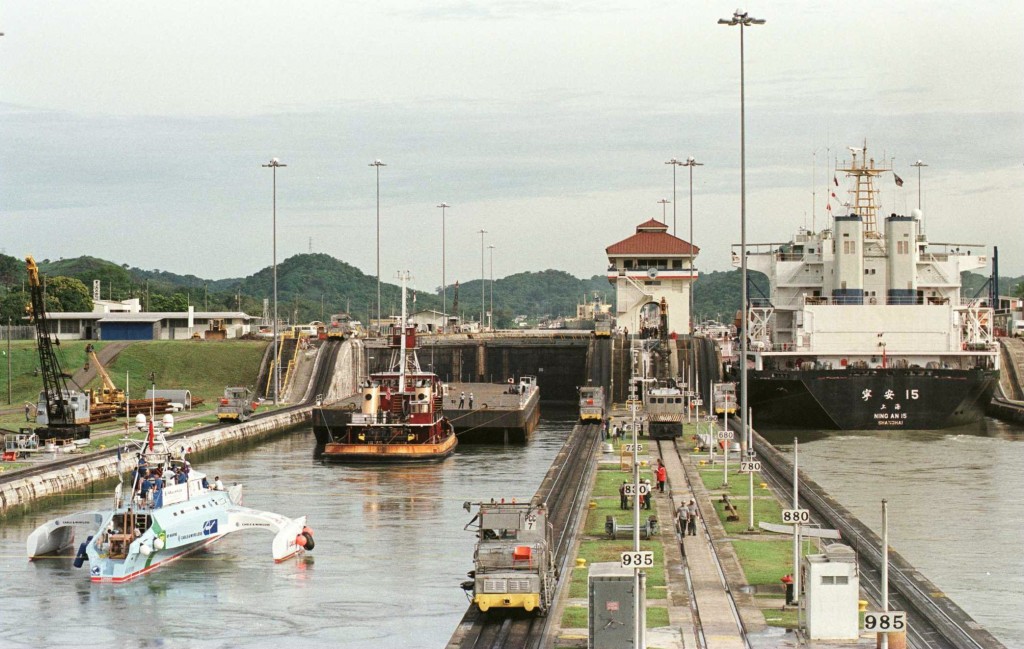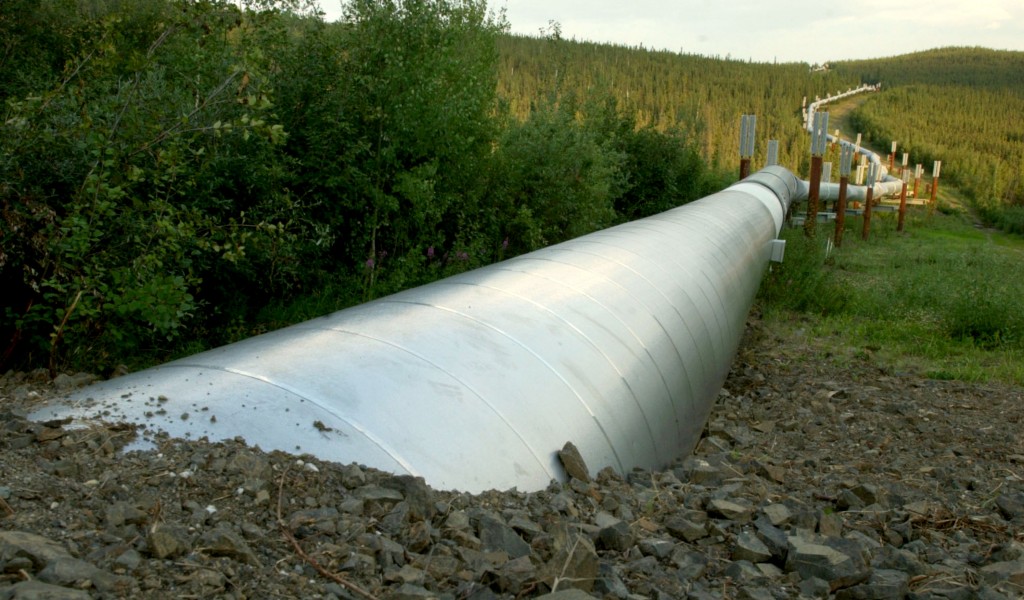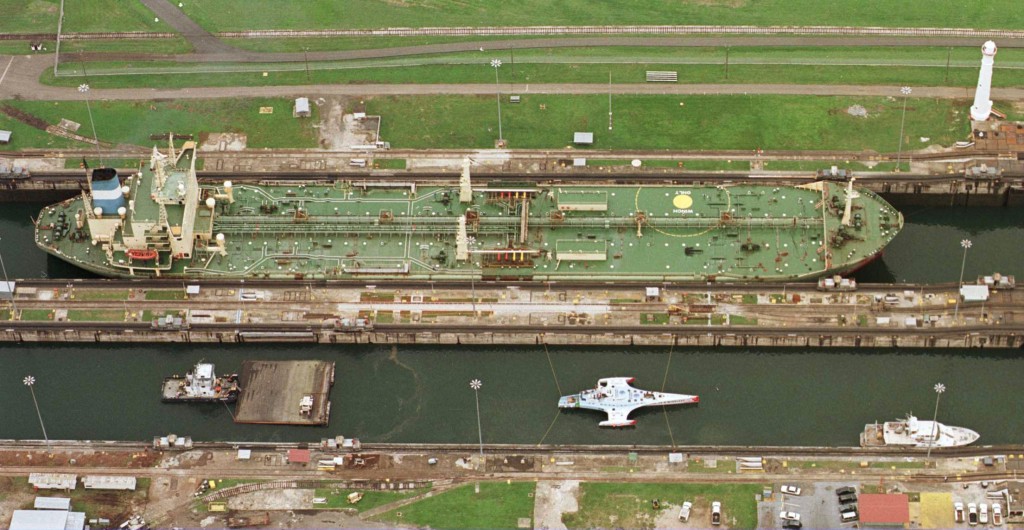The geographic location of proposed LNG export facilities in North America will determine the global markets they will serve, as well as the long-term buyers that will guarantee revenues to help secure project financing. Each proposed facility will have unique opportunities and challenges, but distance to market may be the primary consideration for securing Asian… Keep reading →
Panama Canal
Geographic Location Magnifies Advantages For North American LNG Exports
By Matthew FisherSign up and get Breaking Energy news in your inbox.
We will never sell or share your information without your consent. See our privacy policy.The Panama Canal is on the Energy Information Administration’s list of the world’s six global oil chokepoints. While the canal is the smallest of the six – moving just 700,000-800,000 barrels per day of crude oil and petroleum products from 2007 to 2011, compared to the 15-17 million bbl/d that transited the Strait of Hormuz… Keep reading →
TransCanada’s proposed Energy East pipeline could provide Canada with an outlet for Alberta’s oil sands that sidesteps political opposition obstructing competing projects heading south and west. But with the shift in oil demand growth from the Atlantic Basin to the Pacific, moving oil east may be a second-best solution. TransCanada’s Keystone XL and Enbridge’s Northern… Keep reading →
The world reacted with a collective “Huh?” earlier this month when Nicaragua’s National Assembly voted overwhelmingly to hand a 50-year concession to a Hong Kong company to build a canal across the country. Among the many mysteries were exactly where and how such a thing would be built – and why, too, given that the… Keep reading →
 Steams rises from the Kawasaki natural gas power station in Kawasaki city, Kanagawa prefecture, south of Tokyo on August 25, 2011.
Steams rises from the Kawasaki natural gas power station in Kawasaki city, Kanagawa prefecture, south of Tokyo on August 25, 2011.
Japan’s Fukushima disaster, with the subsequent shutdown of most Japanese nuclear power plants, mean US exports of liquefied natural gas (LNG) to Asia will be profitable to 2020 – but maybe not beyond. Keep reading →




